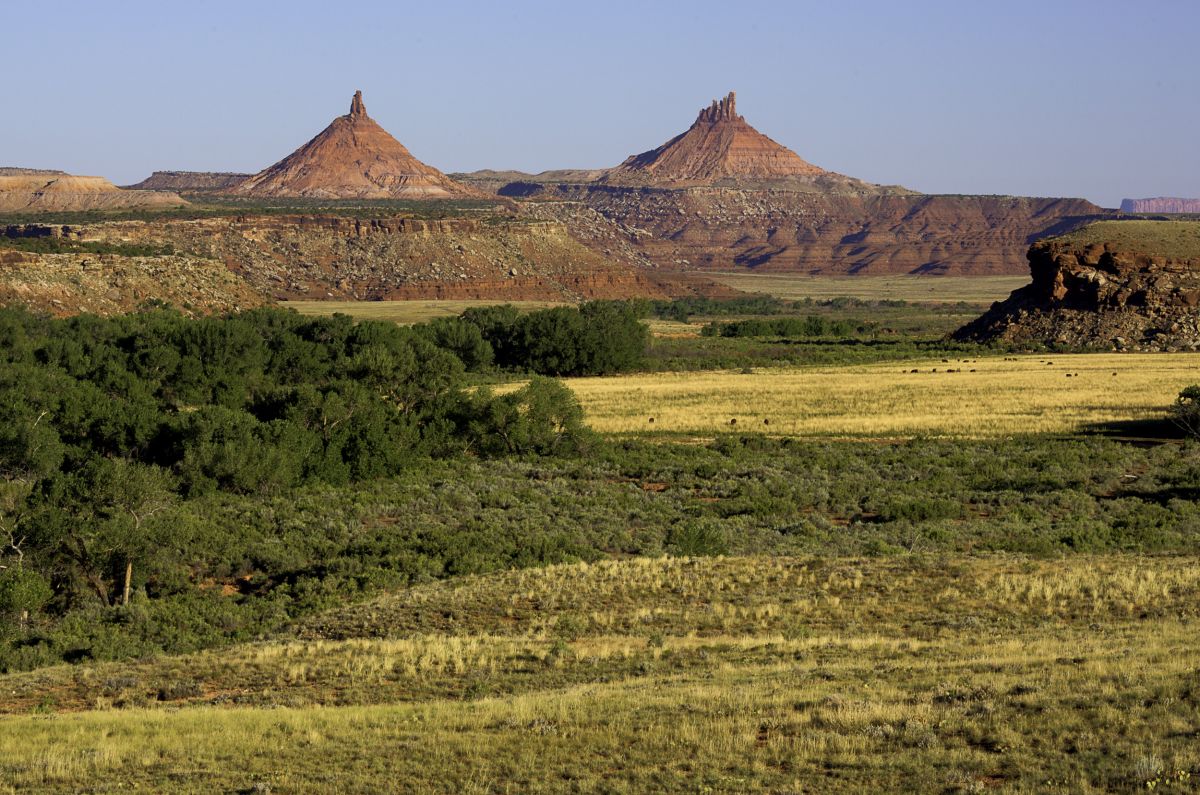 |
| Bears Ears National Monument Photo: SierraClub.org |
Last week I attended the Nature Conservancy's last movie in their Future of Nature series. An American Ascent aired at the Red River Theatres, Concord, and was followed by a discussion on inclusion of American Urban minorities in the environmental movement. The movie is a documentary about nine African Americans who together climb Denali, North America's highest peak in Alaska. The movie was made to show that participation in outdoor adventures is open and achievable by all who have the desire. Hopefully a new generation of young people, who may never have visited a national park or wilderness area, will be moved to step outside and experience the wonders that nature has to offer.
|
|
| The Beauty of Spring in Grand Teton National Park |
Further, our national parks are in desperate need of funding to address much needed repairs and improvements. In spite of this, the president's proposed fiscal year 2018 budget includes a 12% cut to the Department of Interior. To address this deficit, the National Park Service is proposing significant increases in entrance fees at seventeen popular parks during peak season. The current recommendation is to increase the vehicle fee to $70, which is more than double the current fee of $30. There is no question that our public lands need additional funding, but instead of increasing fees investments in these precious resources should be a priority for our government since the payback is more than can ever be counted. Our National Parks instill a sense of awe and wonder and inspire all who visit. It is important that the entrance fees do not impose a barrier to any citizen who may already feel that a trip to a park is out of reach.
So, please contact the president, write your congressional representative, and support environmental organizations that work toward the conservation and management of public lands. Further, write the National Park Service and tell them to keep our parks affordable. See https://www.nps.gov/orgs/1207/10-24-2017-fee-changes-proposal.htm for how to provide comments on the new fee structure. The deadline for feedback is November 23rd.














